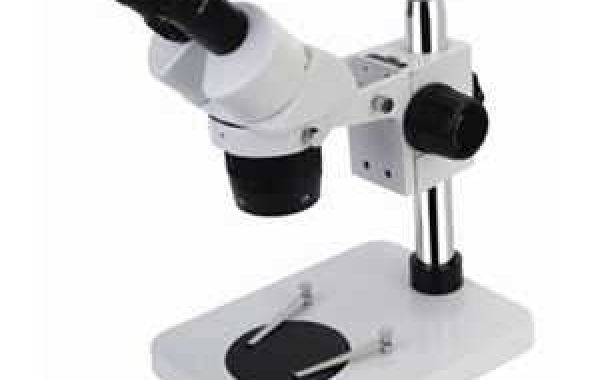Often referred to as dissecting microscopes, stereo microscopes are adaptable instruments that can be used to examine a broad variety of objects and processes. When studying objects like insects, plants, and cells that are too small to be seen with the human eye, they are especially helpful. Additionally, processes like the growth of a crystal or the flow of blood through a vein that is too small or fast to be seen with the human eye can be studied using stereo microscopes. Here are some common applications of stereo microscopes:
- Biology: Biologists utilize stereo microscopes to investigate an extensive variety of organisms, encompassing insects, plants, cells, and tissues. Gaining an understanding of the anatomy and physiology of these organisms requires the ability to see objects in three dimensions.
- Medicine: Surgeons and other medical professionals use stereo microscopes to carry out delicate procedures like dental and microsurgery. Surgeons and other medical professionals can operate more precisely because they can see objects in three dimensions.
- Manufacturing: Manufacturers check for flaws in finished goods and raw materials using stereo microscopes. Three-dimensional vision enables manufacturers to spot flaws that would be hard to spot under a conventional microscope.
- Electronics: Electronics technicians use stereo microscopes to assemble and fix electronic devices. Working with small and delicate components is made possible for electronics technicians by their ability to see objects in three dimensions.
- Education: In order to teach students about biology, chemistry, and physics, stereo microscopes are used in schools and universities.
For professionals in a variety of fields, including science and engineering, stereo microscopes are indispensable instruments. They enable us to discover things and view the world in ways that would not be possible without them.








